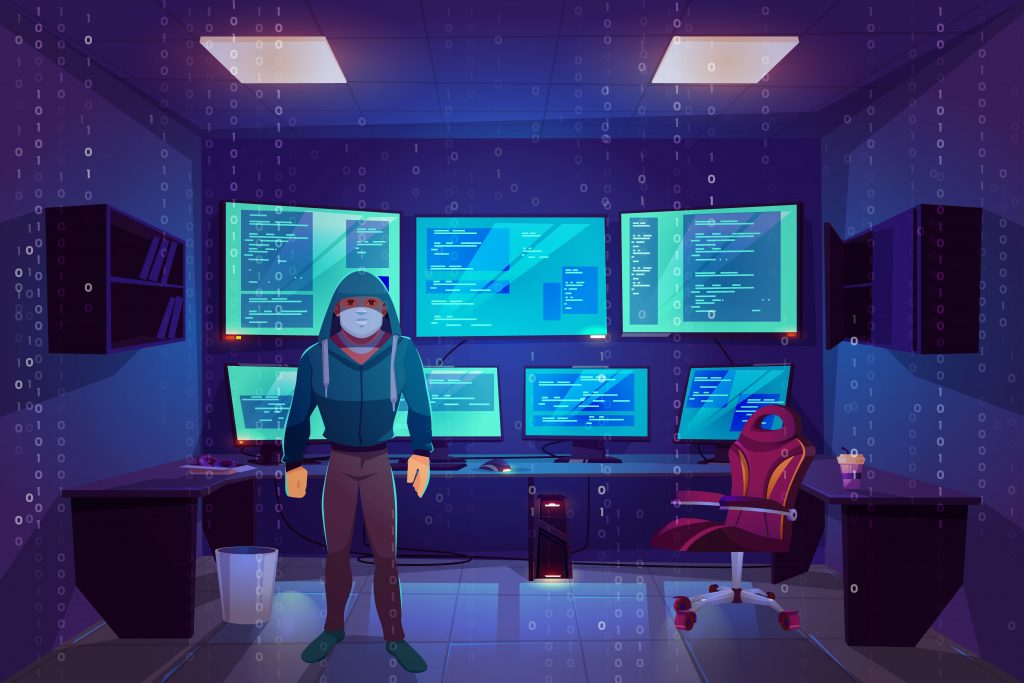Ransom… What?
Ransomware is a type of malware that affects your computer. Think of it as a pirate: it locks up your computer and demands a ransom to release your files back to you. Until you pay, you’re prevented from accessing your documents—or sometimes, even using your computer.
The pirate typically requests that you send a virtual currency like bitcoin because it’s difficult to track these forms of payment. The pirate promises to unlock your data once you pay, but it’s a true case of buyer beware, as there’s no way to ensure they hold up their end of the bargain since the pirate is anonymous and likely untraceable.
While some pirates ask for just a few hundred dollars, others demand thousands of dollars’ worth of bitcoin as ransom.
Crying about WannaCry
Last week’s ransomware attack may have been based on tools stolen from by the U.S. National Security agency.
Called WannaCry, in this attack the pirates demanded the victims pay $300 in bitcoin. If they didn’t pay quickly, the price doubled to $600. If they didn’t pay within a week, the ransomware threatened to delete all of their files.
An estimated 200,000 (and growing) machines were infected. High profile victims included England’s National Health Service. Doctors were locked out of accessing some patient records thanks to the ransomware.
A Domain Name Connection
The spread of WannaCry was halted by a $12 domain name registration.
A 22-year-old security researcher in England (who has remained anonymous for privacy reasons) noticed a long domain name buried in the code of the malware. He registered it, thinking that the ransomware would try to connect to the domain name at some point.
It turned out that the registering the domain name acted like a “kill switch”, halting the spread of the malware.
The researcher believes the pirates put this domain in the code to prevent the malware from behaving properly if a security researcher was investigating it.
The good news is that the researcher’s quick action halted the current attack. The bad news is that someone else will alter the code and spread it again.
Don’t Be a Victim
The best-case scenario when you are a victim of ransomware is that you pay a few hundred dollars and get your files back. The worst case is you pay and still lose all of your files.
Rather than plan what you will do if it happens to you, it’s best that you instead make sure you’re never a victim. Here are 6 tips to reduce the chances of pirates holding up your computer.
Update your computer’s operating system regularly
Software companies like Microsoft already knew about the malware used last week, and they previously issued a fix to prevent its spread on Windows 10. Don’t ignore messages from Windows that request you to update your software or you’ll miss out on important security updates.
WannaCry appears to have infected many computers that ran old operating systems like Windows XP without current security patches. As much as you might love XP, it’s important to use an operating system that the company still supports.
Install and update trusted antivirus software
There are many security software and antivirus tools available for your computer. It’s important to use one and download its frequent updates.
Use a modern browser
Modern browsers—such as the latest version of Chrome, Firefox and Microsoft Edge—have built-in protections against some types of viruses and malware. The browser can warn you about potential dangers before you get phished or download a virus. Always update your browser to the most current version to stay ahead of these threats.
Don’t open that file
Get an email from someone you don’t know asking you to click a link or open an attached file? Don’t do it! There’s a good chance it’s a virus or other malware that may infect your computer.
Some viruses can even take over your email account. If you receive a suspicious message that appears to be from a friend asking you to open a file, send them a fresh email (don’t just reply to the sender). Ask them what they sent you to ensure they actually sent the message in the first place.
Back up your data
Ransomware isn’t effective if you have a recent backup of your data. In most cases, you can skip paying the ransom and just restore your backup data.
You can choose from many cloud-based backups services , or you can purchase an external hard drive for about $50.
Work in the cloud
Criminals have a harder time hacking big companies like Google. If you use programs like Google Docs, your documents aren’t actually stored on your computer and will still be accessible if you get hit with ransomware.


